More about Nicolas Poussin
- All
- Info
- Shop

Sr. Contributor
Nicolas Poussin has influenced countless artists in the 350 years since his death. Underappreciated by today's art going public, he's the Dr. Dre of art history's OGs.
It's impossible to forget about Poussin. He was a thought leader. Pioneer. Visionary. For example, Poussin created the Theory of the Modes. Basically, the idea that each component of a painting informs the overall emotional experience. He was famous for painting subjects of his own invention or cherry-picked from seldom or never used Biblical and pagan sources. Most artists during this period worked from the same stories. Poussin went so far as inventing a genre, the heroic deathbed, with a painting for the Pope's nephew called The Death of Germanicus. Heroic deathbeds became a hot commodity for decades to come. The demand for heroic deathbeds has cooled in recent times. Although, this is based solely on how people react to our attempt at a heroic deathbed, The Death of David Carradine.
The groundwork for such staggering genius (name the number of people you know that invented a genre) was laid with a move from Paris to Rome. This move was facilitated by Poussin's friend Giambattista Marino, the famous Italian poet. Marino promised to pay Poussin's way until the painter could independently earn a steady income. Within weeks of Poussin's move, Marino, in the ultimate friendship bait-n-switch, moved to Naples and died. What a jerk. Poussin could have gone home to Normandy and plied his family trade as a destitute peasant. Instead, he painted. Producing work after work until his craft was perfected and reputation established.
Poussin avoided public commissions, chasing after that sweet private patron money. Europe's rich and powerful clamored for a piece by Poussin. In one extreme example of Poussin chasing, King Louis XIII forced his erstwhile subject to become France's First Painter, the one painter to paint them all. The King was a micromanager, taking the one thing Poussin valued above all: artistic freedom. Poussin left the French Court for Rome after just 18 months to pick up his wife. We imagine him knocking on the King's door in the middle of a workday and saying, "Sorry, I have to take a personal day tomorrow. I forgot my wife in Rome." Happy ending: Poussin quit his job in Paris because King Louis and Cardinal Richelieu, the king's closest advisor and a Belieber-sized-mega-fan of Poussin, each died within a few months of the painter's departure.
Poussin married Anne-Marie Dughet after staying in her father's home to recover from an illness (Back to the Future much?). The illness just happened to be incurable syphilis (NSFW Back to the Future). Anne-Marie's brother, Gaspard Dughet, was a nascent artist at the time, eventually gaining fame as a landscape painter. However, when they first met, Poussin's star power was so bright that Gaspard took his brother-in-law's surname to cash in on the zeitgeist. The name change probably made a lot of sense in retrospect with Gaspard constantly doodling "Gaspard Poussin" all over his notebooks.
Featured Content
Here is what Wikipedia says about Nicolas Poussin
Nicolas Poussin (
UK: /ˈpuːsæ̃/,
US: /puːˈsæ̃/,
French: [nikɔla pusɛ̃]; June 1594 – 19 November 1665) was a French painter who was a leading painter of the classical French Baroque style, although he spent most of his working life in Rome. Most of his works were on religious and mythological subjects painted for a small group of Italian and French collectors. He returned to Paris for a brief period to serve as First Painter to the King under Louis XIII and Cardinal Richelieu, but soon returned to Rome and resumed his more traditional themes. In his later years he gave growing prominence to the landscape in his paintings. His work is characterized by clarity, logic, and order, and favors line over color. Until the 20th century he remained a major inspiration for such classically-oriented artists as Jacques-Louis David, Jean-Auguste-Dominique Ingres and Paul Cézanne.
Details of Poussin's artistic training are somewhat obscure. Around 1612 he traveled to Paris, where he studied under minor masters and completed his earliest surviving works. His enthusiasm for the Italian works he saw in the royal collections in Paris motivated him to travel to Rome in 1624, where he studied the works of Renaissance and Baroque painters—especially Raphael, who had a powerful influence on his style. He befriended a number of artists who shared his classicizing tendencies, and met important patrons, such as Cardinal Francesco Barberini and the antiquarian Cassiano dal Pozzo. The commissions Poussin received for modestly scaled paintings of religious, mythological, and historical subjects allowed him to develop his individual style in works such as The Death of Germanicus, The Massacre of the Innocents, and the first of his two series of the Seven Sacraments.
He was persuaded to return to France in 1640 to be First Painter to the King but, dissatisfied with the overwhelming workload and the court intrigues, returned permanently to Rome after a little more than a year. Among the important works from his later years are Orion Blinded Searching for the Sun, Landscape with Hercules and Cacus, and The Seasons.
Check out the full Wikipedia article about Nicolas Poussin

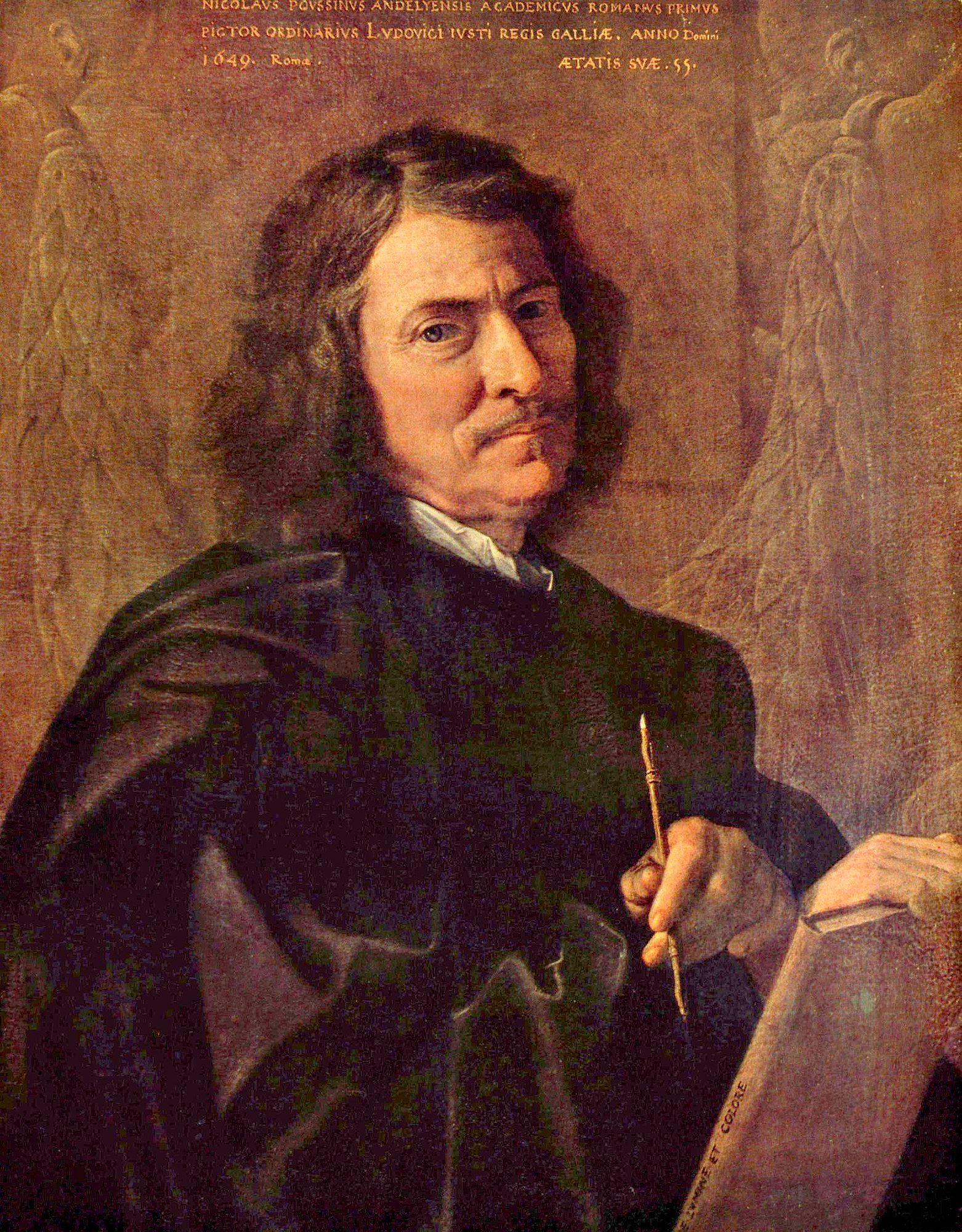
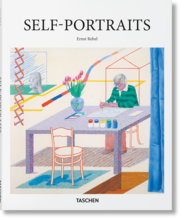
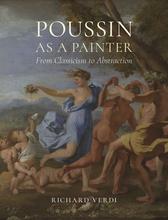
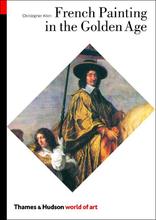
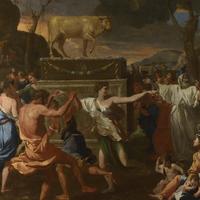
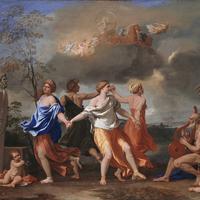
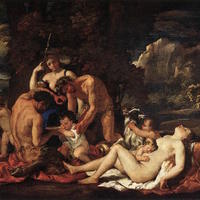
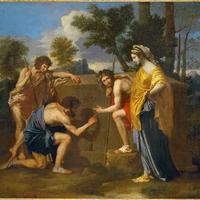
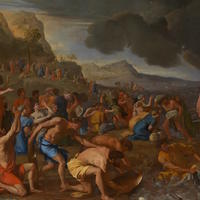









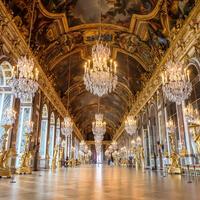
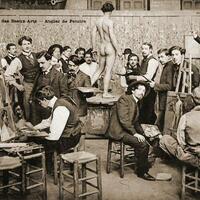
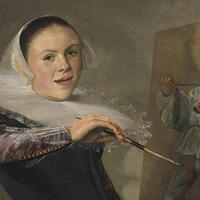
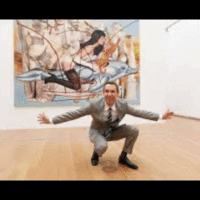
I love Poussin. Not sure why but always have.